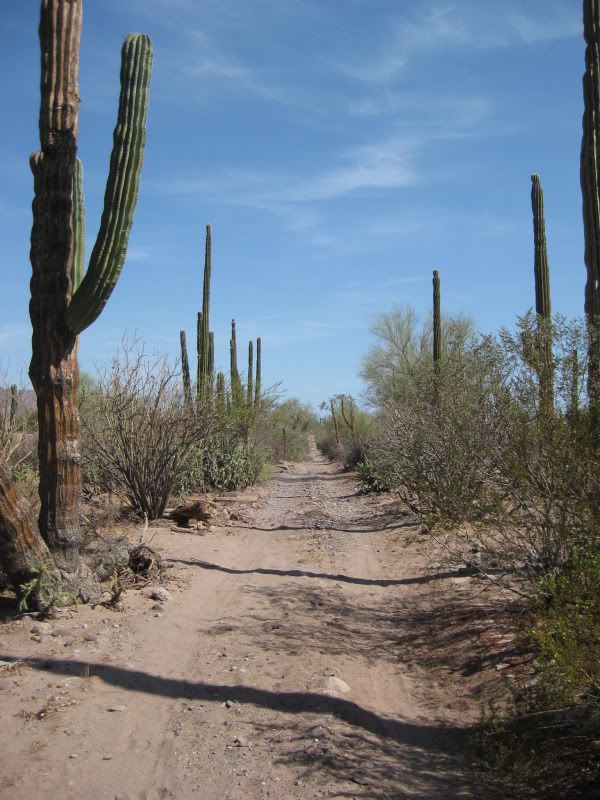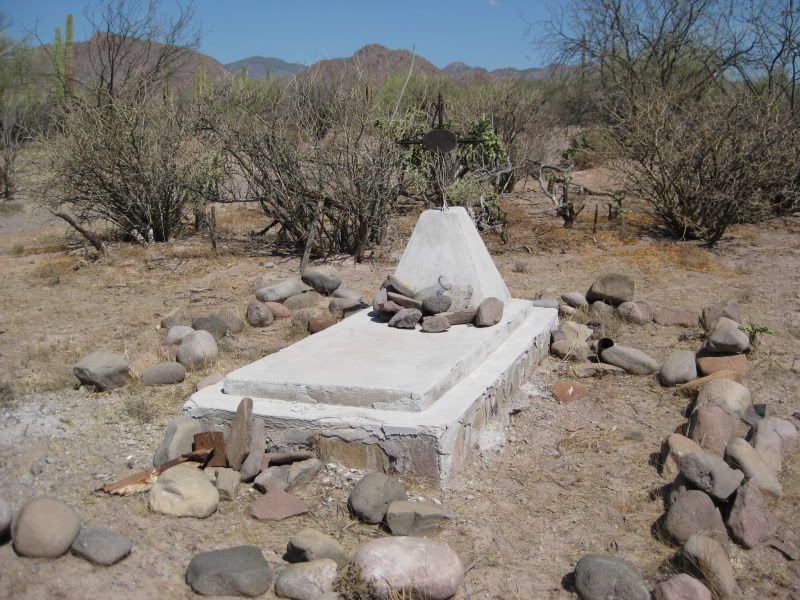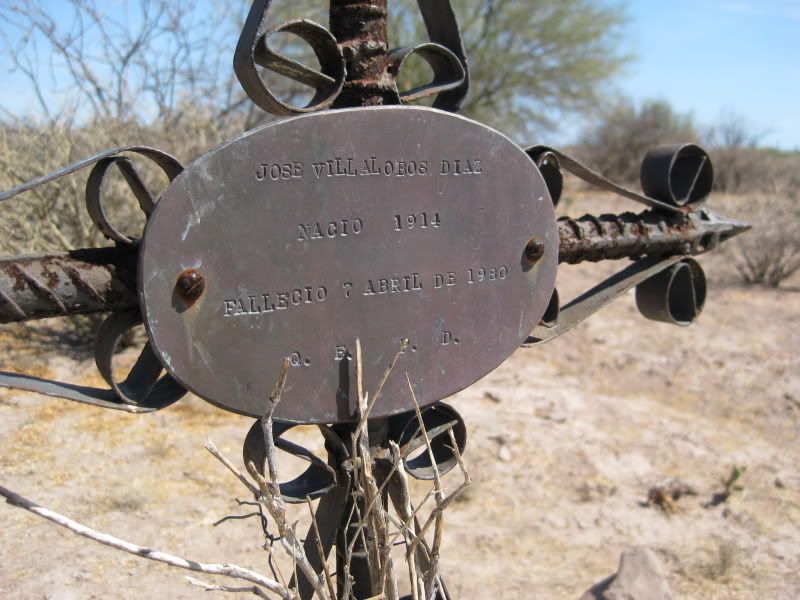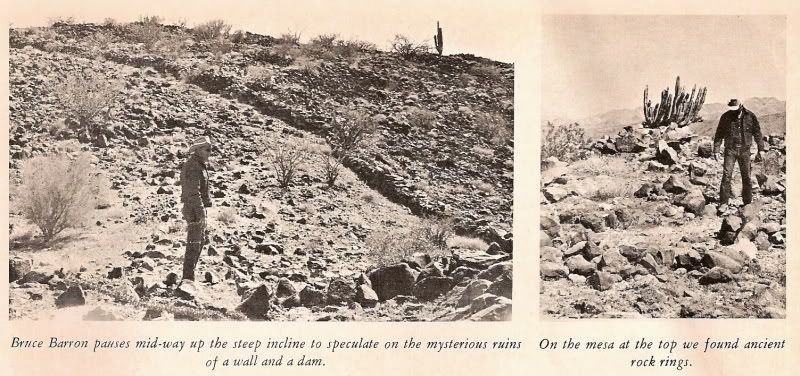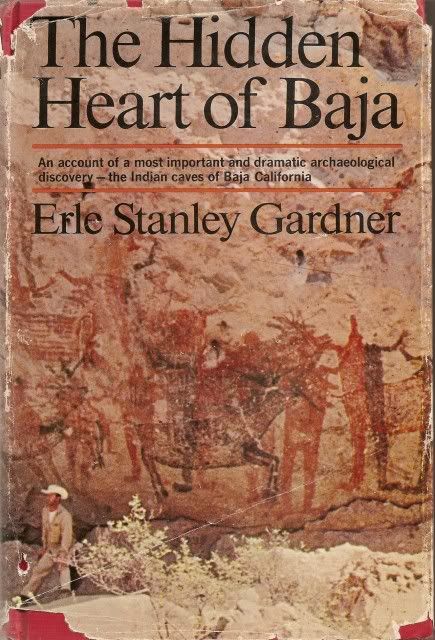Regarding the Yubay hand arrastra, in "The Hidden Heart of Baja" Erle Stanley Gardner tells of being taken by J. W. Black to a similar hand arrastra
near Bahia de Los Angeles.
Excerpts from the book:
"Thirty -five or forty years ago there was a great deal of mining activity in Baja California. Even today there are many stories of so called
"high-graders" who worked in the mines. [.....] In some of those mines the ore was extremely rich. The vein would be narrow, but would contain what
was called "jewelry rock" - quartz which was flecked with free gold, or little quartz pockets which were lined with pure gold.
According to the legends, these high-graders who were working in the mines would put ordinary ore in the cars to be sent to the mill, but when they
came on a deposit of the so-called jewelry rock, much of it would find its way into the pockets of the miners.
The miners didn't dare sell this rich ore but had to build "molinos de manos" where the ore could be surreptitiously broken up and the free gold
extracted.
The high-graders would therefore have secret molinos so cunningly concealed that they couldn't be found. [....... ] The secret molino, it should be
noted, is a hollow in a rock with a steel rod in the center. On top of this steel rod another big rock is fitted so carefully that seen from even a
few feet away the whole thing looks like a native rock. When the cap rock is lifted off, however, a hollow interior is disclosed in which ore can be
ground up so that the free gold is broken loose from the quartz, can be amalgamated with mercury and recovered.
It was something of a thrill, therefore when J. W. Black suggested that we accompany him to a place where he had found one of these secret molinos.
[.......]"
|












